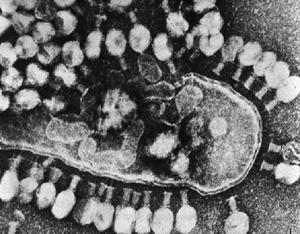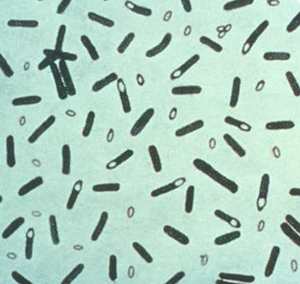Vaccines can help protect both children and adults to acquire many infectious diseases that can sicken, incapacitate and even lead to death. Vaccines trigger the body defense system protector when exposed to a weakened or dead virus or a bacterium. Induce the formation of special cells called antibodies specially designed to attack the viruses and bacteria that can trigger future disease in a child as an adult.
There are many misunderstandings and lack of information in relation to vaccines. Because of this, many people have many questions regarding the topic. In the FAQ section outlines the points that concern most people and provides the answer then you can discuss with your pediatrician.
There are risks associated with all vaccines. Vaccines do not protect 100% of individuals vaccinated and provide 100% protection against those strains contained in the vaccine. Hypersensitivity to any vaccine component is a contraindication for use.
For information about the risks and benefits of each of the vaccines as well as the date of application, dosage and route of administration, please consult the section specifically Vaccine and Trade Names.
Components and constituents of vaccines. Answering concerns of parents of patients
The vaccines contain different constituents: preservatives, stabilizers, adjutants, biological and material of animal or human that contribute to concerns regarding the safety of vaccines and possible allergic reactions. We pediatricians are in a unique position to address these concerns and provide adequate information. However much of this information is not readily available and that is why I hereby publish here for you.
CONDOMS
Thimerosal: ethylmercury-containing organic compound used as a preservative in vaccines since the early 30s. Concern has focused on the potential toxicity as a heavy metal and the relationship between the MMR vaccine (MMR applied to birthday) and autism, thimerosal identified as responsible. Many epidemiological studies have failed to demonstrate the relationship between the MMR vaccine and thimerosal-containing vaccines and autism. Tiosalicilatos mercury or thimerosal can cause hypersensitivity reactions, which are rare and sensitivity even in cases of serious reactions are rare.
Phenoxyethanol: The 2-Phenoxyethanol is an alternative to thimerosal. One report described a generalized eczema (allergic reaction manifested in the skin) after receiving a vaccine where it was found that the sensitizing agent Phenoxyethanol.
Antibiotics Neomycin and polymyxin B are used to prevent bacterial contamination during manufacture of the vaccine and can contribute to allergic skin reactions. History of adverse reactions to neomycin are not considered a risk factor for anaphylaxis and do not constitute contraindications for the administration of vaccines containing neomycin. The most contain only traces.
Aluminum
Aluminum are used in vaccines to enhance the immune response to antigens. Aluminum hydroxide or aluminum phosphate is used. Exposure to aluminum from vaccines is much lower than what is ingested in the diet or certain medications such as antacids, and aluminum from vaccines is far below the level of risk that is 2 mg / kg / day. Aluminum has been associated with local reactions such as nodules (nodes) and redness especially in young children and local pain in older children.




